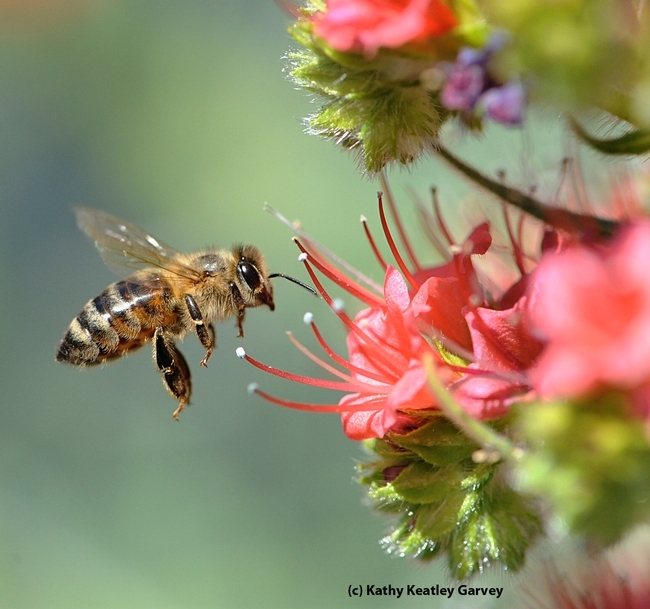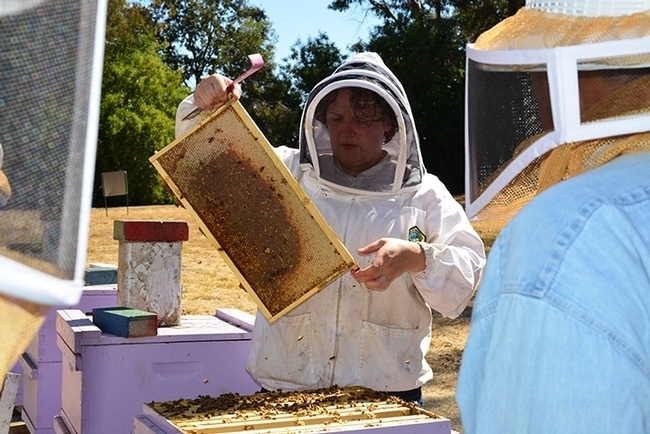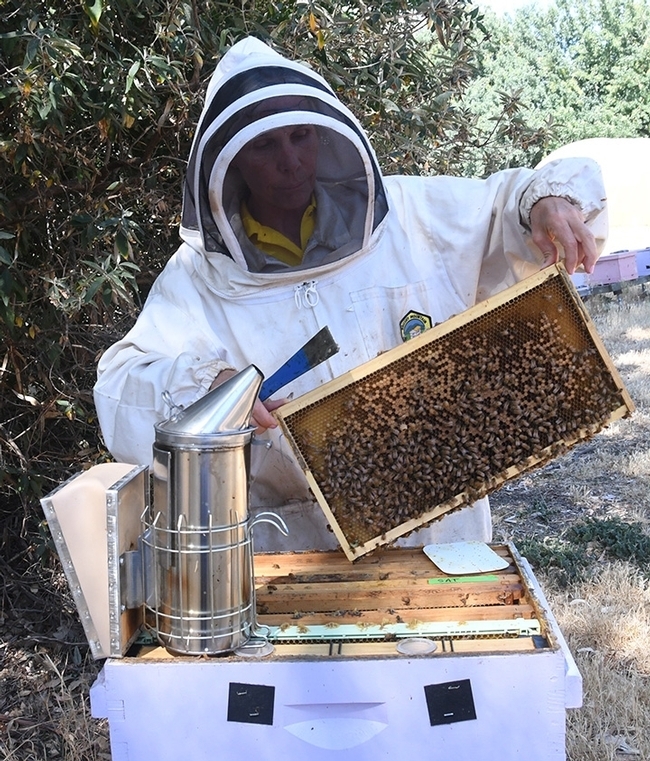- Author: Kathy Keatley Garvey
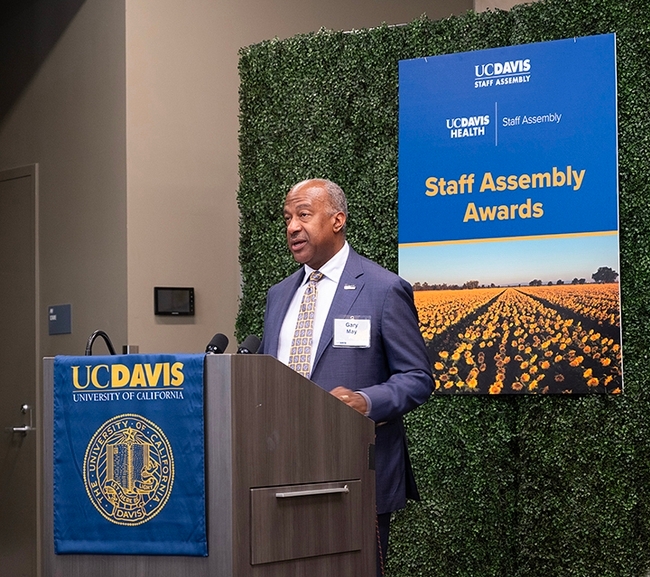
And if you're part of the UC Davis-based California Master Beekeeper Program (CAMBP), it takes a lot of worker bees from all facets to succeed.
We congratulate CAMBP for its well-deserved recognition at the recent UC Davis Staff Assembly's Citation of Excellence ceremony.
CAMBP director and founder Elina Lastro Niño, associate professor of Cooperative Extension and a member of UC Davis Department of Entomology and Nematology faculty, and co-program manager Wendy Mather won a Faculty-Staff Partnership Award.
Niño, UC Extension apiculturist since 2014, founded CAMBP in 2016. Mather joined the program in March of 2018. Also integral to the program is Kian Nikzad, but as a newer employee, was ineligible to be nominated.
The awards ceremony, held Sept. 12 in the International Center on campus, singled out “some of our most exceptional UC Davis individuals and teams,” Chancellor May said in his presentation.
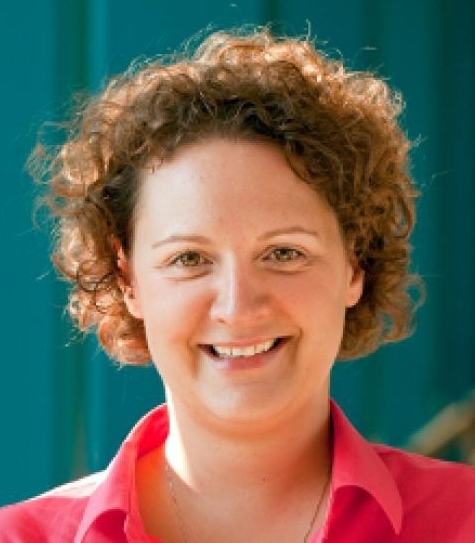
Nominators of "The Bee Team" (Kathy Keatley Garvey, Nora Orozco and Tabatha Yang of Department of Entomology and Nematology) lauded Niño and Mather for providing a “program of learning, teaching, research, and public service, goes above and beyond in delivering comprehensive, science-based information about honey bees and honey bee health. They continually and consistently develop, improve, and refine their statewide curriculum that educates stewards in a train-the-trainer program to disseminate accurate, timely, and crucial information. Honey bees pollinate more than 30 California crops, including almonds, a $5 billion industry (no bees, no pollination, no almonds). Indeed, California produces more than a third of our country's vegetables and three-quarters of our fruits and nuts. However, colony losses are alarming due to pesticides, pests, predators and pathogens.”
As of Sept. 15, 2023, CAMBP has donated 34,000 hours of volunteer time and served 209,000 individuals in education, outreach and beekeeping mentorship. If a volunteer hour were to be calculated at $26.87, CAMBP has given $913,580 back to California in service of science-based beekeeping and honey bee health.
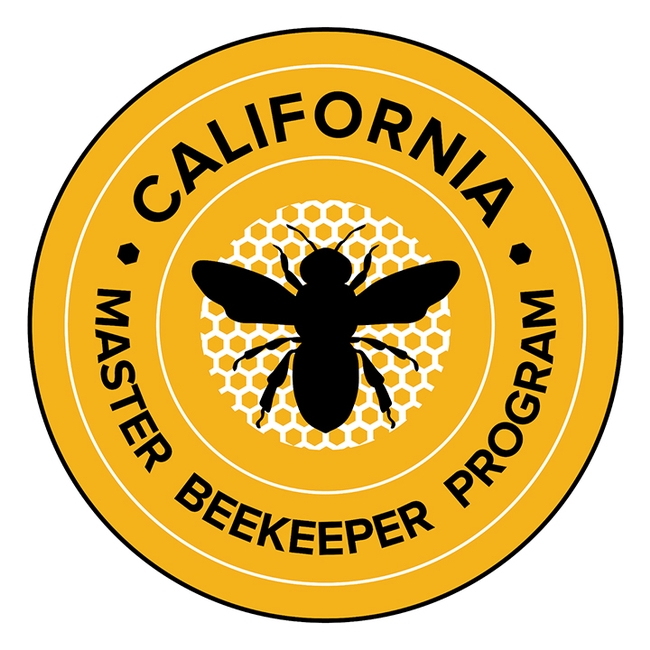
Its website, accessible to the public, offers a list of classes and knowledge-based information, including backyard beekeeping, bees in the neighborhood, bees and beekeeping regulations, defensive bees, live honey bee removals, and protecting pollinators.
“Bottom line,” the nominators concluded, “our ‘B' Team is really an ‘A' Team, an outstanding example of UC Davis teaching, research and service; a team providing exemplary service and contributions; and a team that creates and maintains high morale and embodies the Principles of Community.”
Joint Statement. In a joint statement following the awards ceremony, Mather and Nikzad said: “We share this award with our passionate and caring member volunteers. Our members are deeply committed to honey bee health, science-based beekeeping practices, and, most importantly, to each other. Their enthusiasm and dedication drive our mission forward. We wish to acknowledge Elina Niño for her visionary leadership; she has brought together various stakeholders, including growers, bee breeders, commercial, sideline, and hobbyist beekeepers, as well as the general public, through CAMBP, UC Davis, UC Agriculture and Natural Resources (UC ANR) and UC Cooperative Extension (UCCE). We missed having her at the ceremony.”
Well deserved! A tip of the bee veil to CAMBP! You're smokin'
(See full-length news story and more images on the UC Davis Department of Entomology and Nematology website)
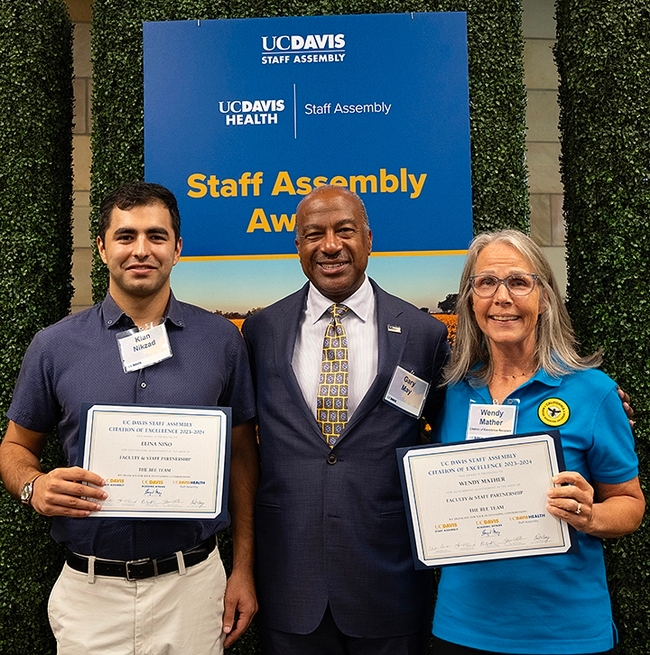
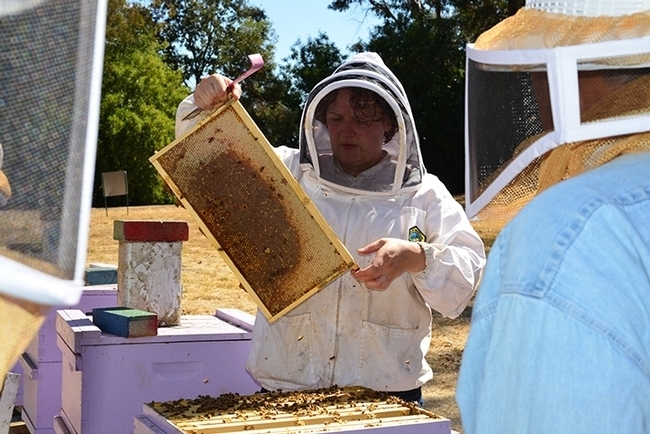
- Author: Kathy Keatley Garvey
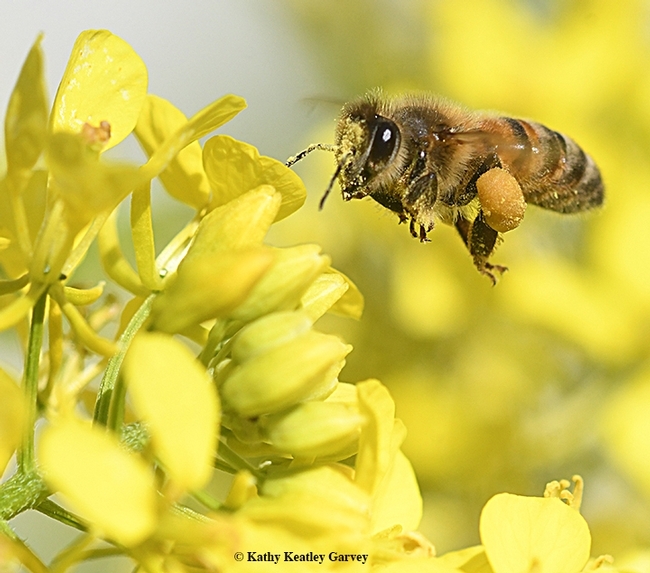
National Honey Bee Day is Saturday, Aug. 19 and you're invited to join this oh-so-sweet celebration!
Launched in 2009, National Honey Bee Day takes place on the third Saturday of August. The event originated when a small group of beekeepers petitioned the U.S. Department of Agriculture "to honor" the honey bees and beekeepers.
HoneyLove.org, a Los Angeles-based honey bee educational non-profit organization, manages National Honey Bee Day and boosts "the educational outreach, community action and advocacy efforts to protect the health and well-being of honey bees," according to its website.
California Master Beekeeper Program. While we're honoring bees, we should also honor the UC Davis-based California Master Beekeeper Program (CAMBP), founded and directed by Elina Lastro Niño,associate professor of Cooperative Extension and a member of the faculty of the UC Davis Department of Entomology and Nematology.
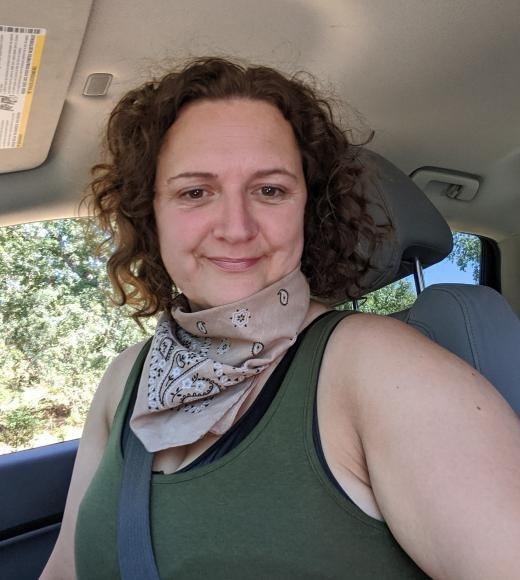
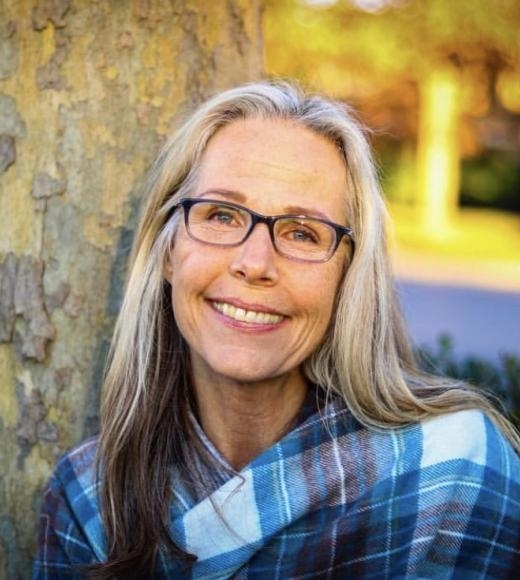
"The award seeks to highlight teams who actively develop and encourage faculty/staff partnerships and as a result are able to make notable contributions to UC Davis that contribute to the University's Mission of Teaching, Research, and Service; and who exemplify outstanding achievement and/or service," according to Staff Assembly officials.
At the time of the nomination (March 15, 2023), CAMBP had
- Given 32,000 hours of volunteer time (Beneficial Educational Experiences) and served 186,630 individuals in education, outreach and beekeeping mentorship. If a volunteer hour is worth $26.87, the program has given $859,840 back to the state of California in service of science-based beekeeping and honey bee health.
- Enrolled 185 Honey Bee Ambassadors (a level established in 2021), 494 Apprentice, 93 Journey level candidates and certified 20 Master level beekeepers. There are 12 members in 2023 participating in their Master Capstone projects.
- Recorded 3752 hours since the team began tracking Continuing Education Experiences in 2020.
- Embarked on a project updating a safety manual.
National Honey Bee Day is also a good opportunity to learn about bees, our mini-agricultural workers that pollinate one-third of the food we eat.
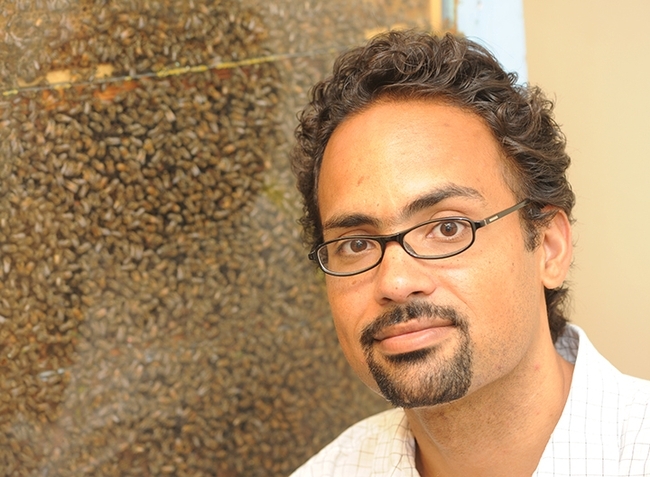
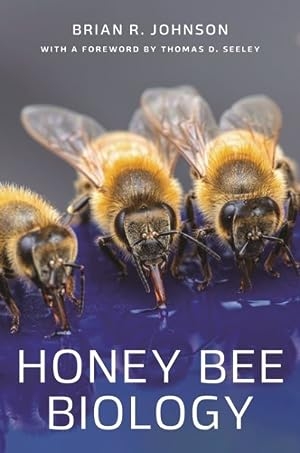
The book includes 16 color plates (images contributed by Kathy Keatley Garvey), spotlighting a bee egg, bee castes, swarms and almond pollination, among others.
Princeton University Press bills the book as "the first up-to-date general reference of its kind published in decades. It is a must-have resource for social insect biologists, scientifically savvy beekeepers, and any scientist interested in bees as a model system."
Among his many honors and recognitions, Johnson was part of The UC Davis Bee Team that won the 2012 Team Award from the Pacific Branch, Entomological Society of America. Other members: Extension apiculturist Eric Mussen (1944-2022); systematist/hymenopterist Lynn Kimsey, director of the Bohart Museum of Entomology and professor of entomology; native pollinator specialist Robbin Thorp (1933-2019) emeritus professor of entomology; and pollination ecologist Neal Williams (now professor) who specializes in pollination and bee biology.
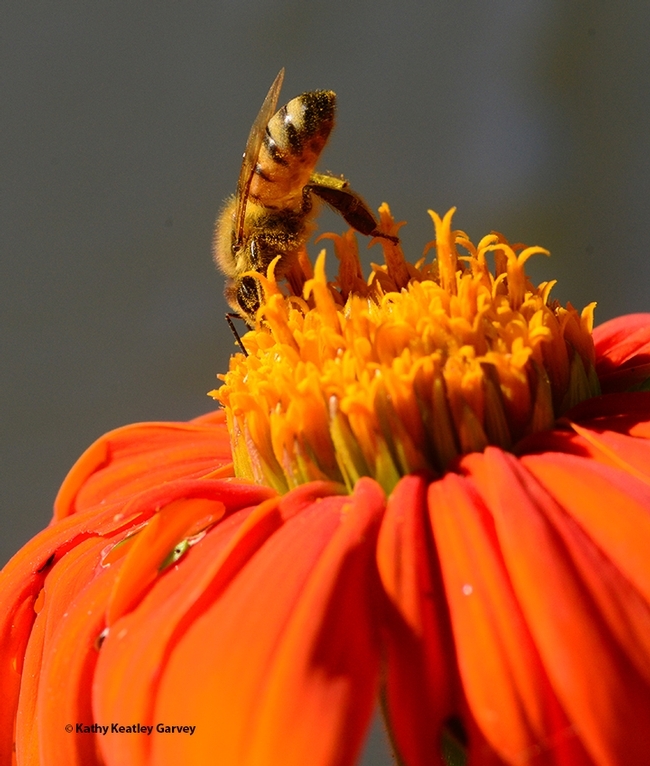
- Author: Kathy Keatley Garvey
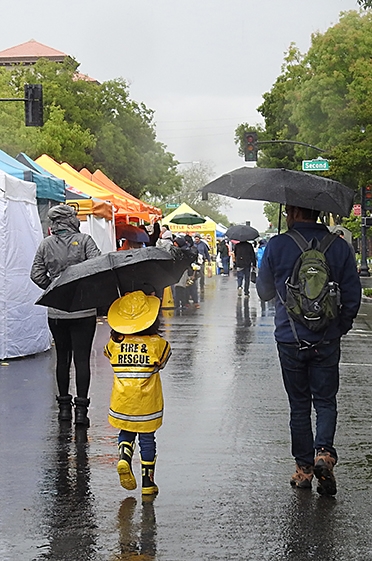
The educational and entertaining activities drew them in.
The UC Davis-based California Master Beekeeper Program (CAMBP) was a huge part of it. CAMBP staffed an information booth, fielding questions about honey bees, bee health, and its organization; presented speeches on the UC Davis Speakers' Stage; and staffed an arts and crafts table where youngsters could get creative--and they did!--with bee-utiful decorations.
CAMBP, founded in 2016 by Cooperative Extension associate professor and apiculturist Elina Niño of the UC Davis Department of Entomology and Nematology, offers comprehensive, science-based information about honey bees and honey bee health. A continuous train-the-trainer program, CAMBP certifies Bee Ambassador, Apprentice, Journey, and Master level beekeepers so, according to the website, "they can effectively communicate the importance of honey bees and other pollinators within their communities, serve as mentors for other beekeepers, and become the informational conduit between the beekeeping communities throughout the state and UCCE (Cooperative Extension staff)."
CAMBP Master Beekeeper Sung Lee of Castro Valley, known worldwide on social media as "Sung Lee The Bee Charmer," provided an observation hive. Throughout the festival, his queen bee laid eggs as attendees excitedly asked questions and captured images. Lee said he purposely did not mark the queen so folks would look for her. "When there were more than five in a crowd, I offered one dollar to whoever finds the queen in 30 seconds," he related. And then he told them: "If you don't, everyone pays me one dollar!"
"I learned that in comedy class!" he quipped.
Wrlter Jason Laurenzano profiled him in Passions Illustrated in a Dec. 31, 2020 piece titled Sung Lee, The Bee Charmer. Laurenzano described him as "a 62-year-old Korean-born naturalized U.S. citizen who owns and operates a pair of successful and award-winning dry cleaning businesses." In his childhood, Sung trained as a speed skater and figure skater.
"In 1982, at the age of 23, he opened Hesperian Cleaners, Inc. in San Lorenzo, California," Laurenzano wrote. "He later opened a second location in the nearby town of Danville. Both are successful not only economically but also in terms of environmental responsibility. His was the first to convert to green technology in Alameda County, replacing toxic cleaning solvents with a technology known as 'Professional Wet Cleaning' that conserves water and energy and produces no hazardous waste." In 2011, Lee was inducted into the Hall of Fame of Environmental Business People and is featured in the regional "Legendary Locals" book.
Sung Lee says his interest in beekeeping originated with fruit trees on his property. Trained by the California Master Beekeeper Program, he went on to become a member of the board of directors of the Mount Diablo Beekeepers Association, "Beekeeper of the Year," and vice president. His fans include 2400 on Facebook (Sung Lee the Bee Charmer); 3100 on Instagram, and more than 4100 on TikTok (with 6.1 million likes).
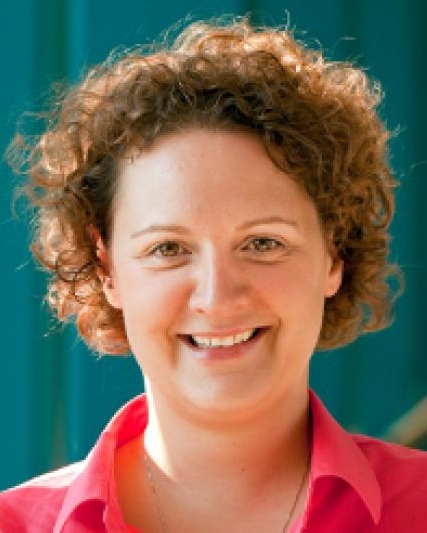
UC Davis Award. CAMBP recently won a Faculty/Staff Partnership Citation of Excellence Award from the UC Davis Staff Assembly for "outstanding achievements and notable contributions" in disseminating science-based beekeeping information through a network of organizations and trained volunteers since 2016. Chancellor Gary May will present the award to Niño and co-program manager Wendy Mather at a fall reception on the UC Davis campus.
"The award seeks to highlight teams who actively develop and encourage faculty/staff partnerships and as a result are able to make notable contributions to UC Davis that contribute to the University's Mission of Teaching, Research, and Service; and who exemplify outstanding achievement and/or service," according to Staff Assembly officials. (Kian Nikzad serves as the co-program manager of CAMBP but as a new employee, was ineligible to be nominated)
Since 2016, CAMBP has:
- Given 32,000 hours of volunteer time (Beneficial Educational Experiences) and served 186,630 individuals in education, outreach and beekeeping mentorship. If a volunteer hour is worth $26.87, the program has given $859,840 back to the state of California in service of science-based beekeeping and honey bee health.
- Enrolled 185 Honey Bee Ambassadors (a level established in 2021), 494 Apprentice, 93 Journey level candidates and certified 20 Master level beekeepers. There are 12 members in 2023 participating in their Master Capstone projects.
- Since the team began tracking Continuing Education Experiences in 2020, they're recorded 3752 hours
- They're also working on updating a safety manual.
The California Honey Festival, launched in 2017, is the brainchild of the City of Woodland and Amina Harris, director of the UC Davis Honey and Pollination Center. It takes place annually in downtown Woodland. The 2024 celebration is scheduled May 4.
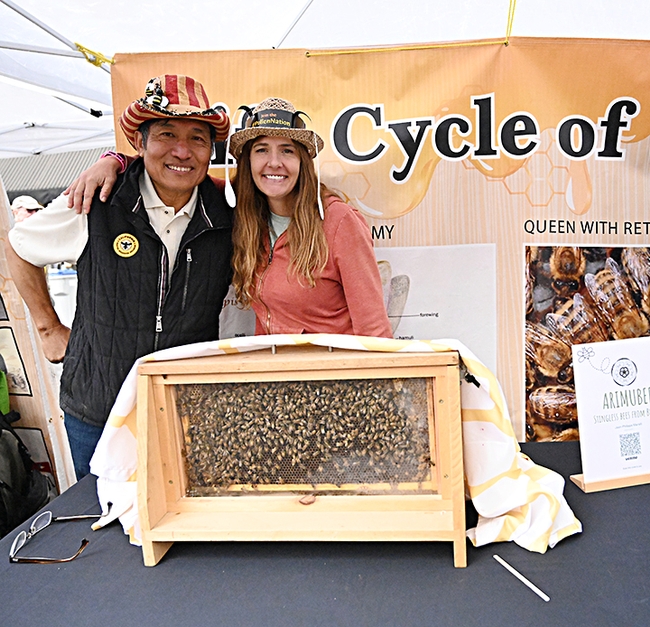
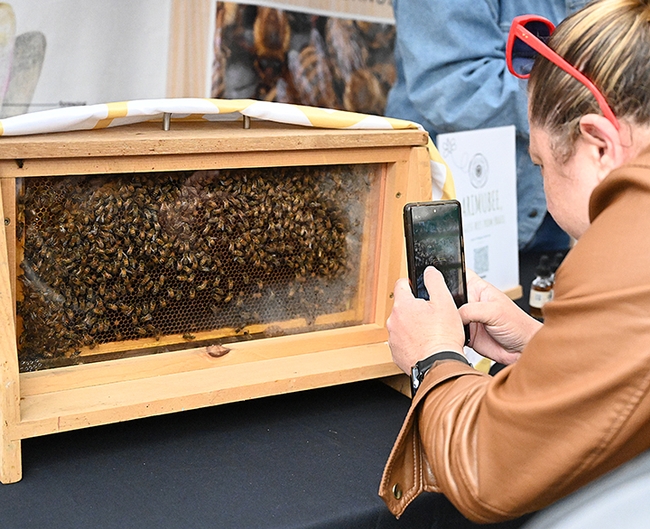
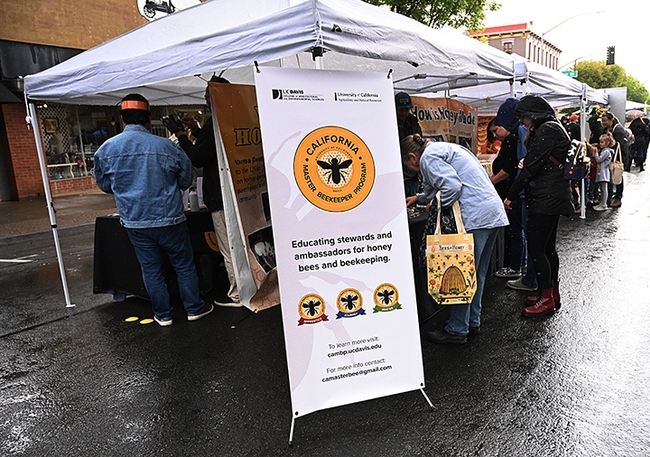
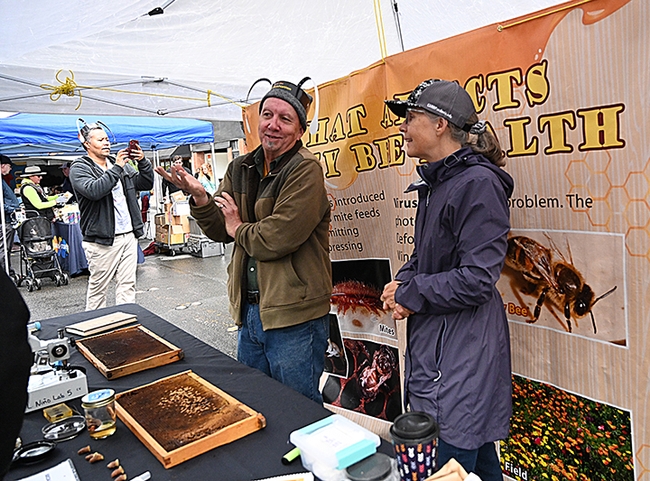
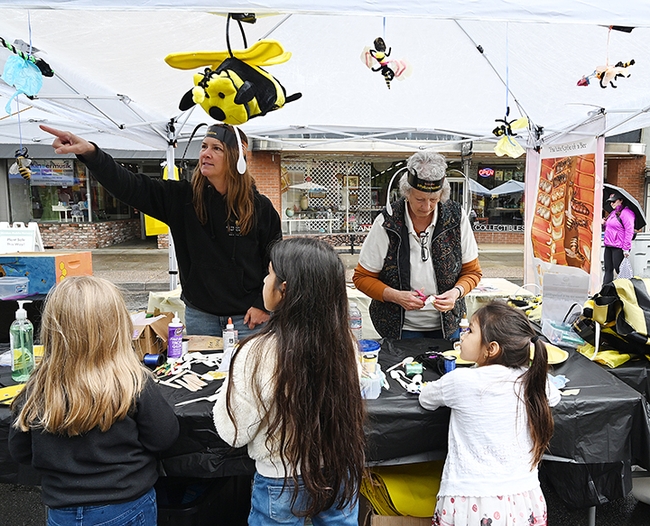
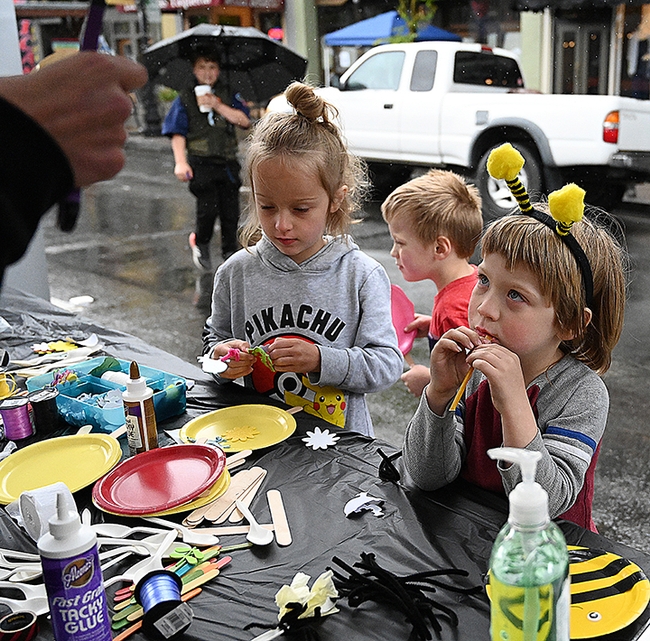
- Author: Kathy Keatley Garvey
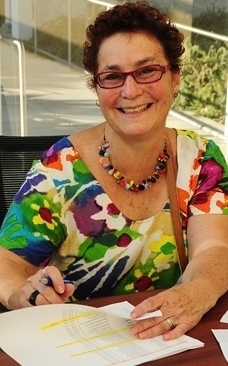
Amina Harris, director of the UC Davis Honey and Pollination Center, has organized a fantastic group of speakers for the UC Davis Speakers' Stage at the California Honey Festival, set Saturday, May 6 from 10 a.m. to 5 p.m. in downtown Woodland. The event is free and family friendly.
Harris, who co-founded the California Honey Festival in 2017, is an expert on all things honey. And she knows her bees. She's the co-owner of Z Food Specialty and The HIVE, Woodland.
Harris founded the Honey and Pollination Center in 2012 and plans to retire at the end of June. Don't expert her to retire, however, from the Apis mellifera world!
The UC Davis Speakers' Stage will be just west of First Street, Harris related. It will be a'buzzing.
One of the speakers is Sanmu "Samtso" Caoji of Tibet, China, a 2022-23 Hubert Humphrey Fellow at UC Davis. She's the founder of the Shangri-la Gyalthang Academy, and CEO of the Cultural Information Consulting Company.
Caoji will speak at 2:30 on "Empowering Women to Become Beekeepers and Bread Winners for Their Families While Keeping Bees in the Wild." Read her biography here.
What's the Humphrey Fellowship? President Jimmy Carter established it in 1978 to honor the late Hubert Humphrey (1911-1978), vice president under the Lyndon Johnson administration. The fellowship program "brings accomplished mid-career professionals from countries with developing and emerging economies to the United States for professional and leadership development," according to UC Davis Global Affairs.
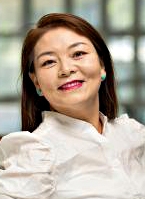
The speakers will deliver 20 to 30-minute talks, starting at 10:30 a.m.
10:30 a.m.: Pollination ecologist and professor Neal Williams, UC Davis Department of Entomology and Nematology, who will discuss "Native Bees and their Conservation"
11 a.m.: Kitty Bolte, GATEways horticulturist, UC Davis Arboretum and Public Garden, "Planting Your Garden to be a Welcoming Space for Pollinators"
12 noon: Amina Harris, director of the UC Davis Honey and Pollination Center, and co-owner of Z Food Specialty and The HIVE, Woodland, "Let's Learn to Taste Honey."
1 p.m.: Wendy Mather, co-program manager of the California Master Beekeeper Program (CAMPB), "So, You Want to Be a Beekeeper?"
1:30 p.m.: Jean-Philippe Marelli, senior director of Integrated Pest Management for Mars Wrigley Confectionery (also a journey level master beekeeper and Melipona beekeeper in Brazil), "Stingless Bees: The Amazing World of Melipona Bees"
2 p.m.: Cooperative Extension apiculturist/associate professor Elina Lastro Niño of Entomology and Nematology, and director of the California Master Beekeeper Program (CAMPB), "What Our Bee Research Is Teaching Us."
2:30 p.m.: Sanmu "Samtso" Caoji, a 2022-23 Hubert Humphrey fellow, and founder of the Shangri-la Gyalthang Academy, and CEO of the Cultural Information Consulting Company, "Empowering Women to Become Beekeepers and Bread Winners for Their Families While Keeping Bees in the Wild"
3 p.m.: Rachel Davis, coordinator of Bee City USA Woodland and chair of Bee Campus USA UC Davis (and GATEways Horticulturist for the UC Davis Arboretum and Public Garden), "Woodland Is a Bee City; UC Davis Is a Bee City--What This Means to Our Communities"
UC Davis Department of Entomology and Nematology communications specialist Kathy Keatley Garvey will provide a background slide show of images of honey bees and native bees.
The UC Davis-based California Master Beekeeper Program, founded in 2016 by Niño, provides a program of learning, teaching, research, and public service. They offer comprehensive, science-based information about honey bees and honey bee health. Since 2016, the organization has donated 32,000 hours of volunteer time and served 186,630 individuals in education, outreach and beekeeping mentorship. Read more about their classes and their work on their website.
Following the California Honey Festival, an after-party will be held from 5 to 9 p.m. at The HIVE Tasting Room and Kitchen, 1221 Harter Ave., Woodland. It will feature pollinator-inspired food, drinks, and dancing to the music of Joy and Madness, an 8-piece soul and funk group. Tickets are $20 and will benefit the California Master Beekeeper Program. "Each ticket includes entry to win a bountiful Yolo County food and drink basket (value $500)," Harris said. More information is on this website.
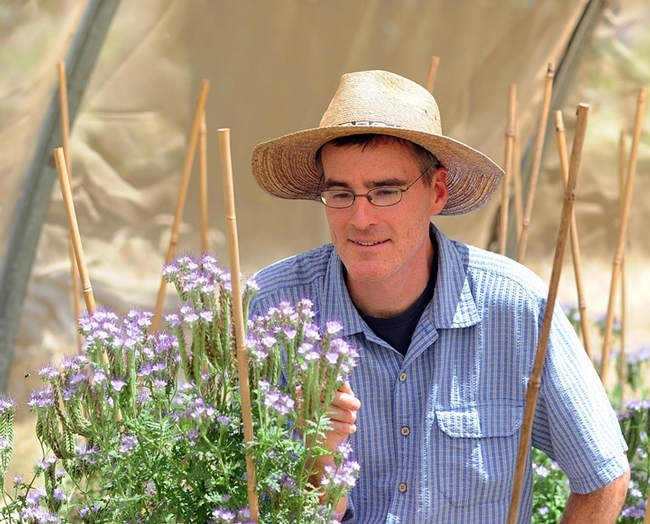
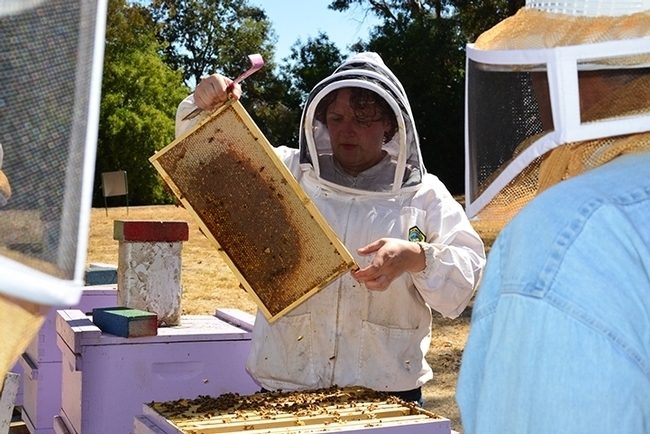
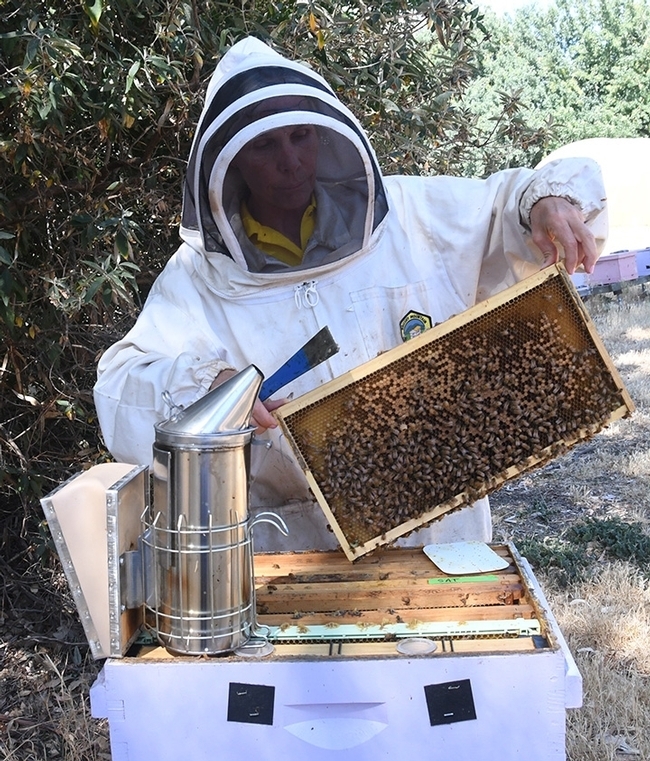
- Author: Kathy Keatley Garvey
It's World Bee Day!
How did that come about?
One word: Slovenia.
The Republic of Slovenia, rich in beekeeping history, asked the United Nations to proclaim an annual World Bee Day, and following a three-year international effort, the United Nations agreed to do so in December 2017.
So May 20 is the annual World Bee Day.
"Slovenia LOVES bees and beekeeping and it seems like California does, too!" says Wendy Mather, program manager of the UC Davis-based California Master Beekeeper Program (CAMBP). "There are 72 Apprentice Assistant and 93 Apprentice level candidates vying for their CAMBP certification this year! The '22 season is buzzing."
Mather points out: "World Bee Day is a confirmation that we humans respect and appreciate our dependence on one of our favorite generalist pollinators, the honey bee, for a healthy, diverse diet. Bee health equals human health and we thank all our CAMBP volunteers for their service to humanity in helping to raise awareness of the importance of bee health and science-based beekeeping. Our members are honey bee ambassadors and are committed to environmental stewardship."
Cooperative Extension apiculturist Elina Lastro Niño of the UC Davis Department of Entomology and Nematology, is the founding director of CAMBP. The organization has disseminated science-based beekeeping information through a network of trained volunteers since 2016.
CAMBP's vision is "to train Apprentice, Journey and Master level beekeepers so they can effectively communicate the importance of honey bees and other pollinators within their communities, serve as mentors for other beekeepers, and become the informational conduit between the beekeeping communities throughout the state and UCCE staff," according to its website.
Beekeepers and prospective beekeepers can sign up for classes, which run from February through October. Upcoming classes (many online but some in person)
- Honey Bee Health, May 21
- All About Varroa, June 4
- Queen Rearing Basics, June 11
- Pesticides, Colony Collapse Disorder, Research and Hope, June 18
- Wax Working, Honey and Hive Products, July 9
- Advanced Anatomy and Physiology of the Honey Bee, Aug. 13
- Seasonal Honey Bee Colony Management in Southern California, Sept. 17
- Broodminder: Apiary Technology and Honey Bee Health, Oct. 15
- Exploring Beekeeping in Person at the South Coast Research and Extension Center, Irvine, Oct. 22
That's it for the 2022 classes. In addition, there's an "Introduction to Mead" class offered Nov. 5. Mead or honey wine, is the world's oldest alcoholic beverage.
Let's hear it for the bees!
